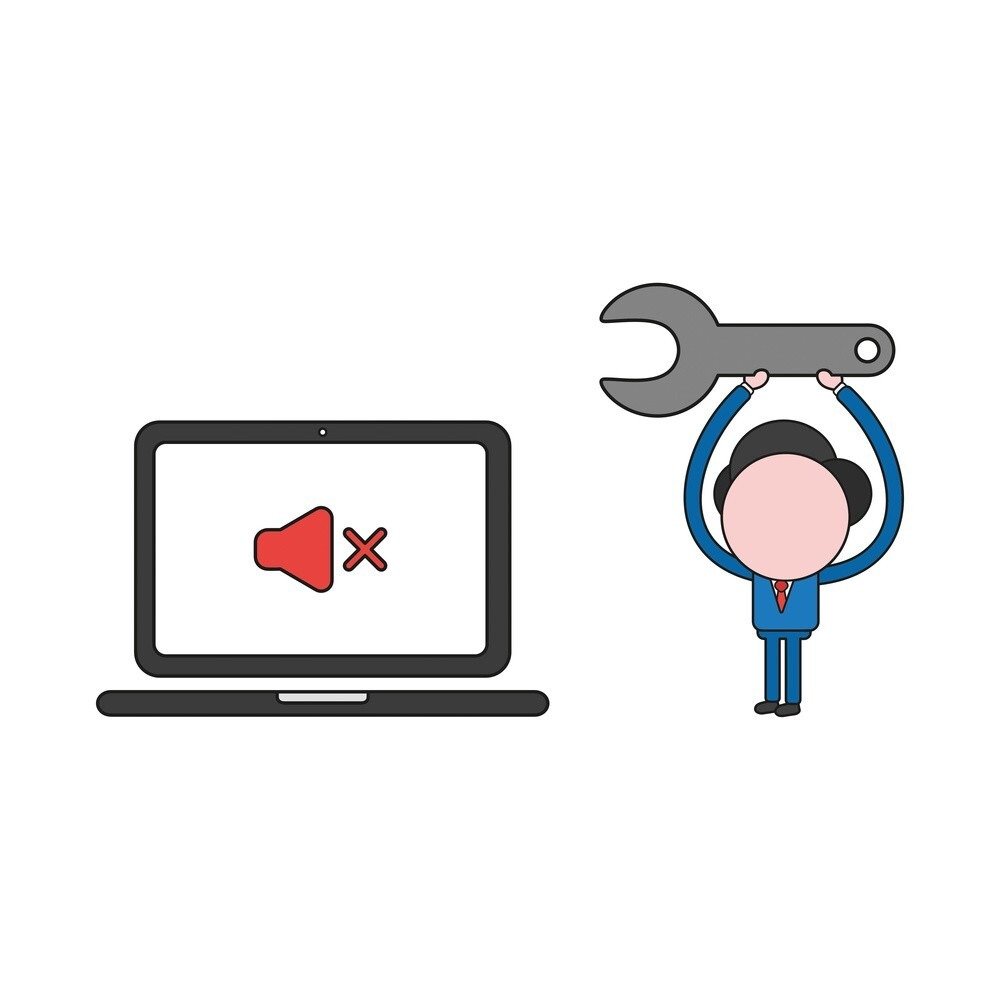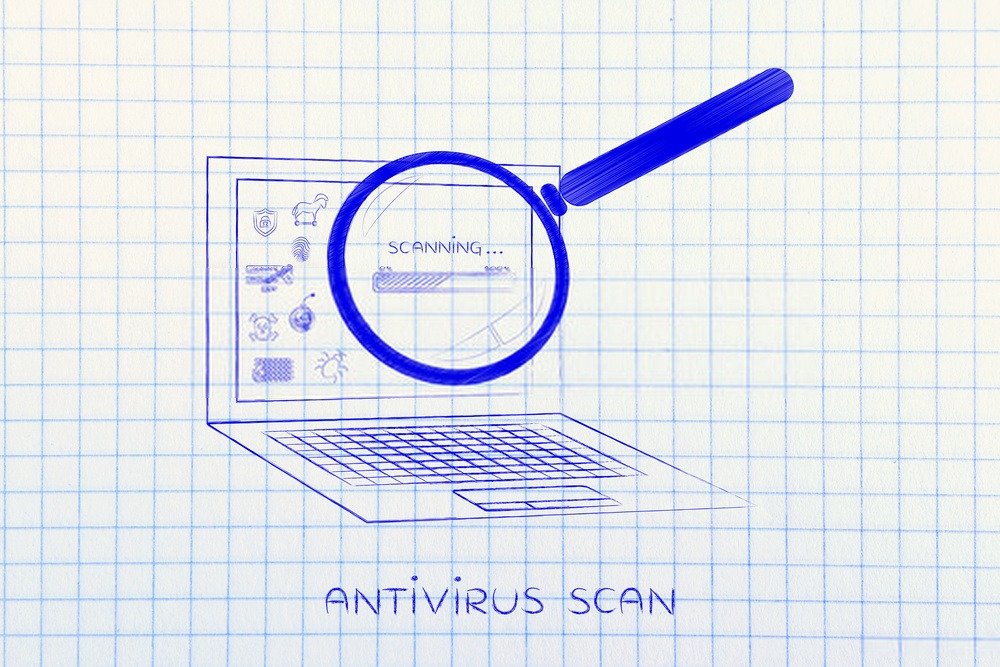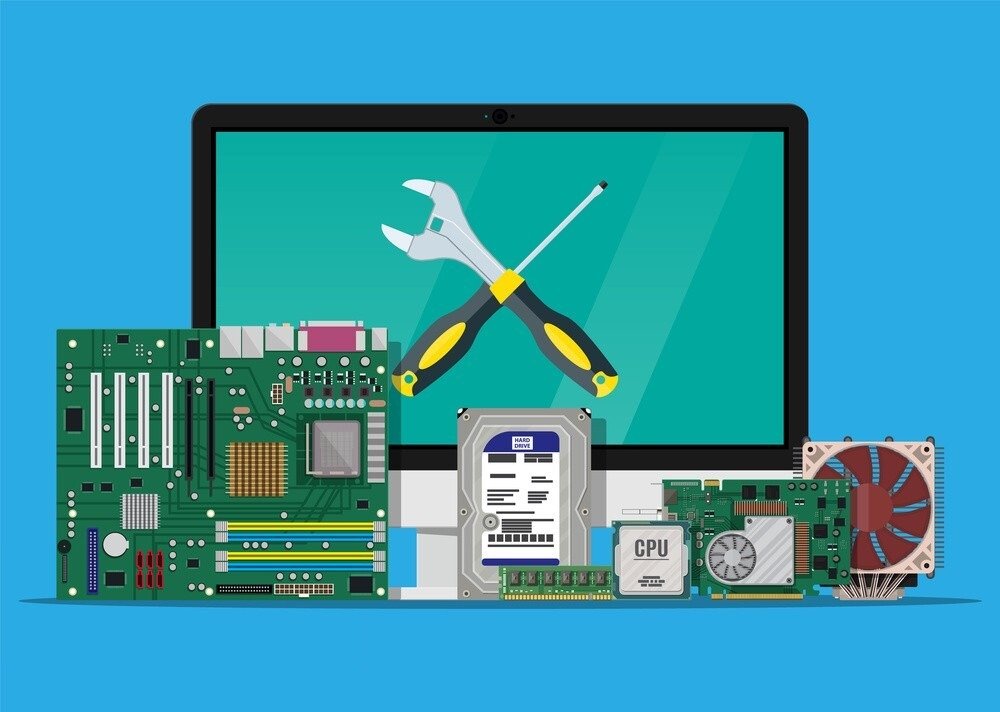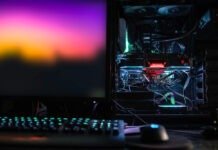You are working, playing, or watching a video on your computer. Suddenly your computer shuts down. You turn it back on, and after a while it turns off again. There you start to ask yourself questions. We will see together the causes of this problem as well as the solutions to remedy it.
Warning: these manipulations must be carried out when you are available, in peace, without distraction. One wrong action can damage your Windowsinstallation. We cannot be held responsible for the consequences of improper handling.
Clean up

Yes, very often, over the months and years, dust accumulates in the computer. When the computer heats up, if there is a lot of dust, ventilation is less effective. As a result, there is overheating . As a result, the computer shuts down to preserve components that could not withstand excessively high temperatures. This is thermal protection . It activates when the temperature exceeds 100°C .
You must therefore open your computer and clean the dust fairly regularly. If you have a dust bomb, this is ideal. Otherwise, a small duster and a dust mask can do the trick, although less effective.
Remember that you are dealing with electronic components. So you have to go slowly!
By the way, do this cleaning outside, on the balcony or in the garage, for example. This will save you from having to clean up the dust... Or at least, the floor will be less difficult to clean than if you did this work in your living room.
Check its ventilation

As a logical continuation of the above, make sure that the computer's ventilation is not obstructed. Remove anything in front of the PC vents.
For a laptop, lay it flat on a table. Avoid placing it on a cushion, your bed, etc. In fact, many laptops have vents under the computer or on the sides. A sheet could, for example, block the ventilation and cause everything to overheat.
If you are having overheating problems with your laptop, we recommend a cooler!
Unexpected restarts: Viruses and other Malware

If your antivirus is not up to date, or you don't have antivirus, your computer is probably infected with viruses and other malware.
Step 0: Check that you have an antivirus. This could be software like Norton, Symantec, McAfee, Avast, Avira, Kaspersky, etc.

Step 1: If you don't have an antivirus, you can download a free one from the internet.
Step 2: If you already have an antivirus, make sure your antivirus is up to date and that real-time protection is activated. If this is not the case, do what is necessary to correct this problem quickly.
Step 3: Run an antivirus scan. For a complete analysis, allow several hours. Follow the instructions of your antivirus software. Restart the computer.

Step 4: Next, check your computer for other malware. To do this, download the Malwarebytes software and run it. Here, too, you can follow the instructions of the software.
By doing this, you should eradicate most malware. If your computer continues to restart on its own, continue to the next step.
Hardware components

A faulty power supply can sometimes cause computer crashes. But the same goes for memory sticks, a graphics card, a new hard drive, etc.
To test these components, you can:
- Either use software means
- Either use material means
We can also use these 2 methods, because they are non-exclusive.
If testing components with software is accessible to the majority, testing with hardware means requires a certain number of tools: screwdrivers, additional components, etc.
If you do not have all the necessary equipment, the ideal is to go see a computer repairer, in this case. It has all the necessary elements to confirm or refute the diagnosis.
Conclusion
If your computer shuts down on its own, for no apparent reason, you need to check a certain number of points. In most cases, it is enough to clean the dust accumulated inside the computer. If this is not enough, you need to check the ventilation. Viruses and other malware also cause unexpected reboots. If all these avenues are ruled out, it will then be necessary to check the hardware components…





